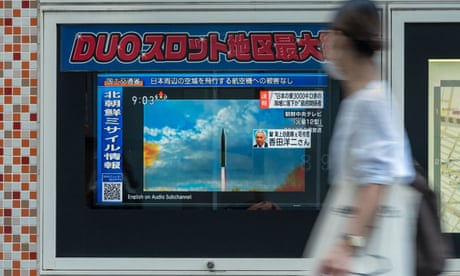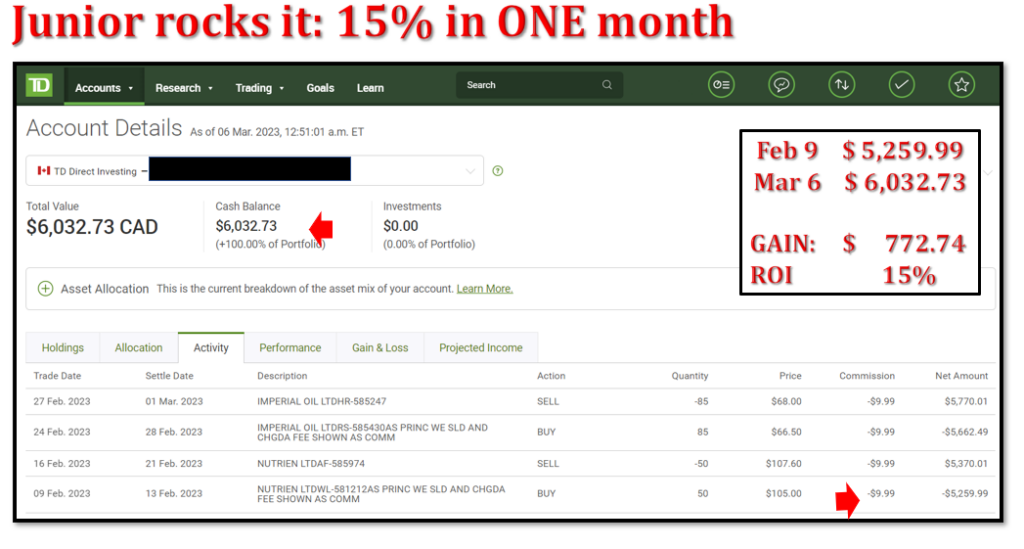The Bank of Canada held its benchmark interest rate steady at 4.5 per cent Wednesday, pausing its year-long campaign to increase borrowing costs while leaving the door open to further rate hikes if inflation doesn’t slow as quickly as expected.
The widely anticipated decision makes the Bank of Canada the first major central bank to halt monetary policy tightening and puts it on a different trajectory than the U.S. Federal Reserve, whose officials have said they expect to increase interest rates several more times.
Bank of Canada holds key interest rate steady for first time in a year. Here’s what’s next
The Bank of Canada has raised its overnight rate eight consecutive times since March, 2022, hammering the housing market and squeezing Canadians’ finances in an effort to cool demand in the economy and slow the pace of price growth. While inflation remains high, bank officials believe they have done enough to guide it back down to the bank’s 2-per-cent target over time.
“Restrictive monetary policy continues to weigh on household spending, and business investment has weakened alongside slowing domestic and foreign demand,” the bank said in its one-page rate announcement.
“With weak economic growth for the next couple of quarters, pressures in product and labour markets are expected to ease. This should moderate wage growth and also increase competitive pressures, making it more difficult for businesses to pass on higher costs to consumers.”
Wednesday’s decision puts the central bank in a holding pattern. However, the bank emphasized that this is a “conditional” pause, and that it is prepared to raise rates again if inflation proves stickier, or the economy proves more resilient
“The Bank of Canada needs a clearer picture on growth and inflation prospects to decide if it needs to hike again or more definitively set aside that prospect,” Canadian Imperial Bank of Commerce chief economist Avery Shenfeld wrote in a note to clients. “And with so little time since its last decision, it simply doesn’t have enough data to make that call.”
Interest rate swaps, which capture market expectations about future rate hikes, are pricing in another quarter-point rate increase this summer, and no rate cuts before the end of the year.
Consumer price inflation has dropped steadily since hitting a four-decade high of 8.1 per cent last June. The Consumer Price Index grew 5.9 per cent year-over-year in January, while shorter-term measures suggest core inflation is running at about 3.5 per cent.
The bank expects CPI inflation to fall to about 3 per cent by the middle of the year.
Much of the decline in inflation has come from falling oil prices, as well as a drop in durable goods inflation, thanks to lower shipping costs and less consumer demand. For inflation to keep falling, there will also need to be a slowdown in service price inflation, which is driven to a large extent by wages.
Interest rate changes work with a lag, meaning that much of the impact of last year’s rate hikes has yet to be felt. This is expected to change in the coming months, as more homeowners renew their mortgages at higher rates and consumers cut back on nondiscretionary spending.
The bank is projecting near-zero economic growth through the first half of 2023. Governor Tiff Macklem has said that Canada could experience a “mild recession” in the coming quarters – a view shared by many Bay Street analysts. Market-based signals are flashing warning signs about an impending slowdown, with the yield curve for Government of Canada bonds deeply inverted.
So far, the economic data is mixed. GDP growth stalled in the fourth quarter of 2022, coming in well below the central bank’s forecast. Much of this weakness came from slower business investment in inventories, rather than a drop in consumer spending. However, the bank notably dropped its reference to the Canadian economy being in “excess demand” from the Wednesday rate announcement.
Meanwhile, the labour market continues to defy expectations. Canadian employers added 150,000 positions in January, 10 times what Bay Street analysts had expected. The unemployment rate remained at 5 per cent, near a record low, while wages continue to grow by 4 per cent to 5 per cent on a year-over-year basis. February labour force survey data will be published on Friday.
“While it’s great news for the more than 220K Canadians who have found jobs in the past couple months, central bankers think it’s become too much of a good thing,” Royce Mendes, head of macro strategy at Desjardins Securities, wrote in a note to clients.
Mr. Macklem has argued that the current pace of wage growth is not consistent with the bank’s 2-per-cent inflation target, and has said that unemployment needs to rise to get price growth back under control.
The bank’s decision to hit pause puts it at odds with the U.S. Federal Reserve, which appears to be gearing up for several more interest rate hikes. That divergence could put downward pressure on the Canadian dollar in foreign exchange markets.
On Tuesday, Fed Chair Jerome Powell told a Senate committee that U.S. interest rates would likely need to move higher than previously anticipated in the face of persistent inflation and surprisingly strong economic data. He also said the pace of rate hikes may need to increase, opening the door to another half-point increase at the Fed’s next rate decision on March 22.
Some economists argue that the Bank of Canada is justified in halting rate increases before the Fed. Inflation is lower in Canada, and the combination of higher household debt levels and shorter mortgage terms means the Canadian economy is more sensitive to rising borrowing costs.
Still, further weakness of the Canadian dollar – which has already fallen considerably against the U.S. dollar since last summer – would increase the cost of imports, adding to inflation.
“The ability to chart a different course than the Fed comes down to the exchange rate,” Mr. Mendes wrote. “The Canadian dollar has depreciated 3 per cent since the beginning of February. That could eventually push inflation higher, but apparently not enough in the view of central bankers to offset the risks of raising rates higher in [a] country where households are so heavily indebted.”
Wednesday’s decision is good news for the housing market, said Karen Yolevski, chief operating officer at Royal LePage, a real estate company. She said increased certainty around mortgage rates may bring would-be buyers back into the market, potentially supporting home sales volumes and prices this spring.
“People want some certainty around what they’re going to pay, and they are looking to see where those rates settle down,” Ms. Yolevski said in an interview.
“And in terms of mortgage holders, certainly for those who have variable rate products there’s a sigh of relief that the interest rate has remained steady this time around,” she said.



